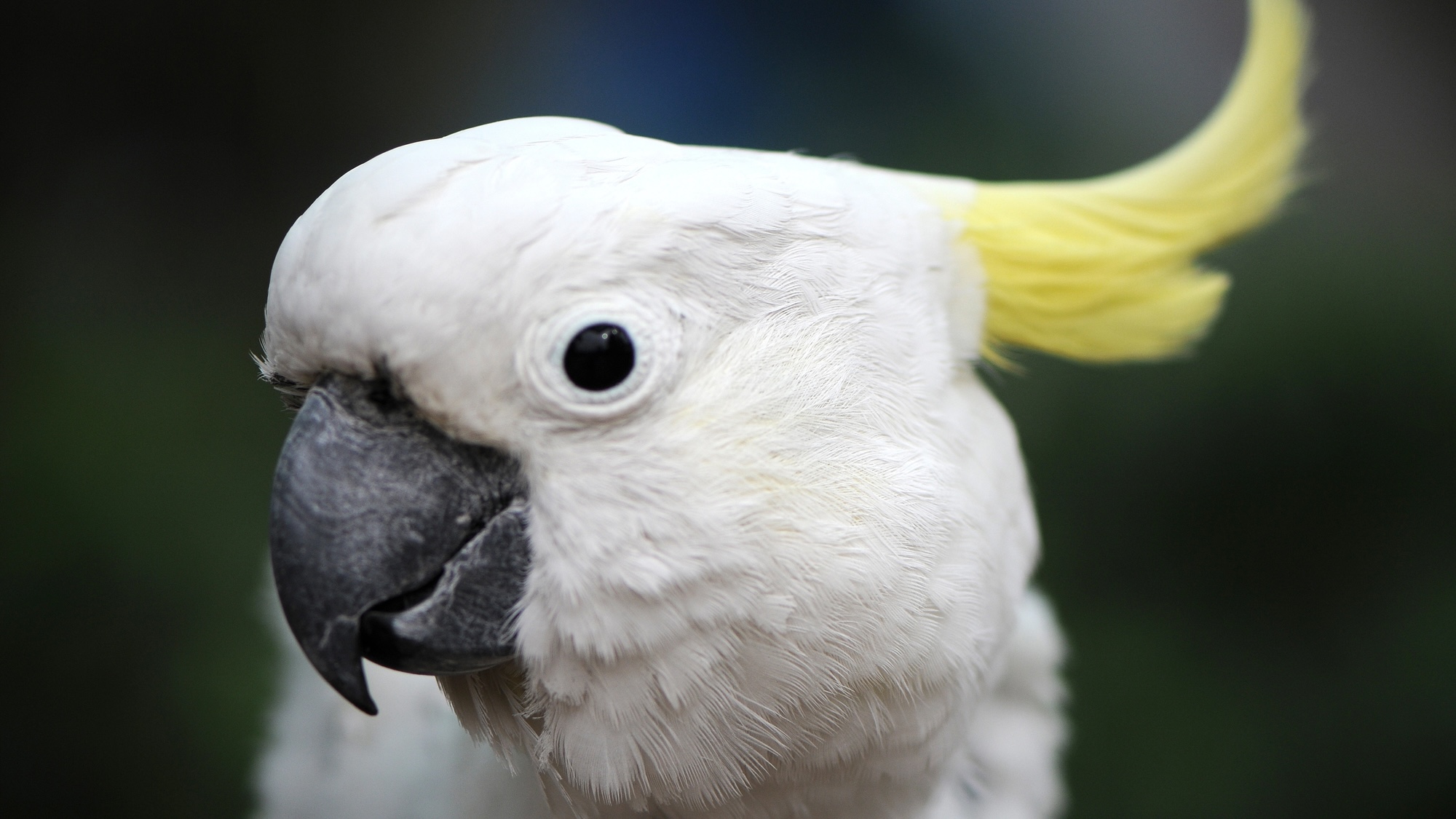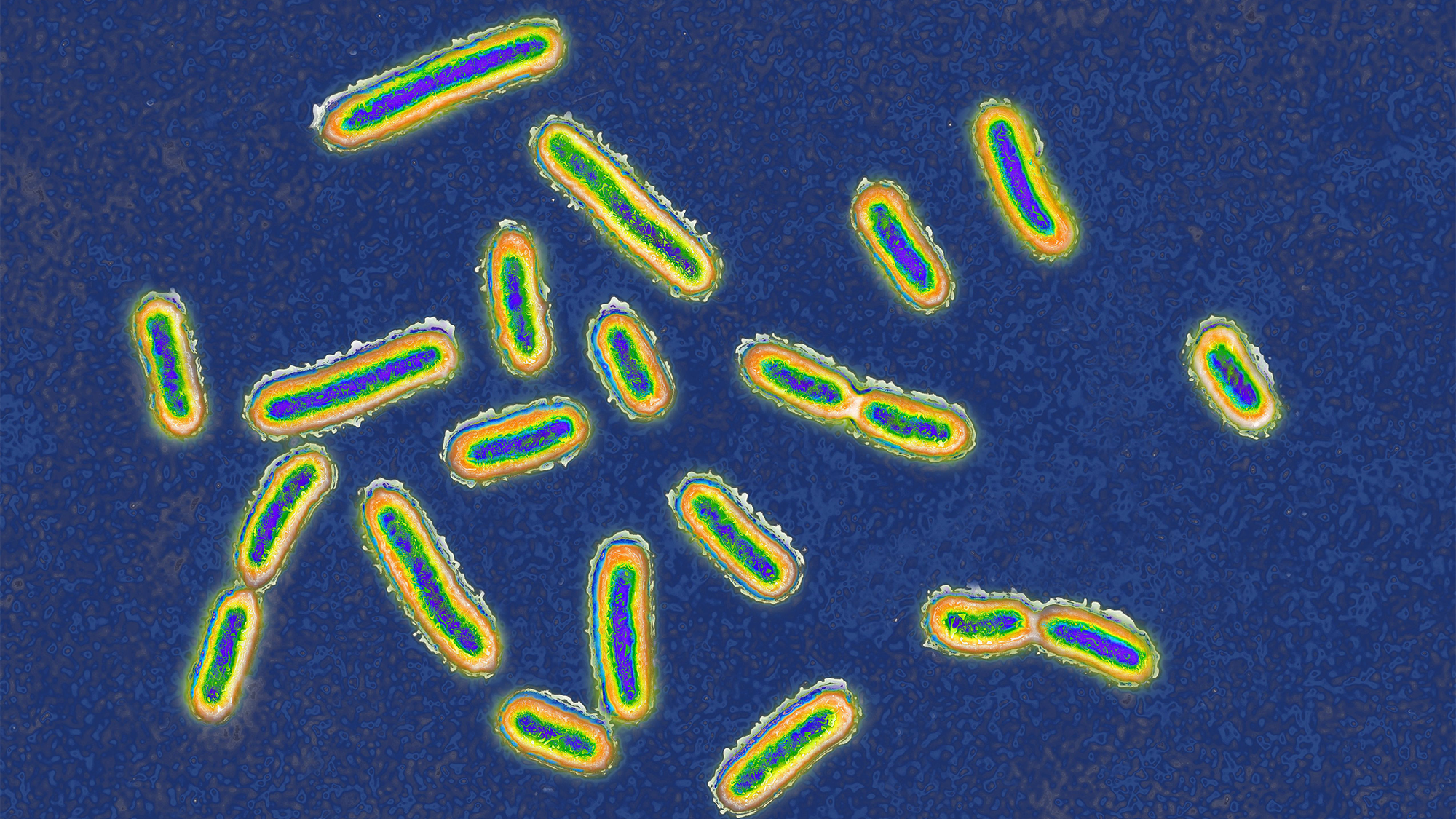
Get the Popular Science daily newsletter💡
Breakthroughs, discoveries, and DIY tips sent every weekday.
Animals constantly adapt to their environments, but keeping up with humanity’s dramatic influence on the natural world poses unique challenges. While this unfortunately ends in disaster for many species, some populations are figuring out new ways to navigate urban spaces. Back in 2022, wildlife biologists confirmed that a community of wild, sulfur-crested cockatoos in Sydney, Australia had learned how to open the lids of curbside trash bins on garbage day in order to snack on locals’ leftovers.
But that’s not all these birds can do. A similar group of Australian “cockies” are also figuring out the mechanics of drinking fountains in public parks. This isn’t simply pressing a button to get a drink, either. The local park’s fountain design requires constant pressure to enable water flow from the tap necessitating the use of both feet. The latest behavioral discoveries were recently documented in the journal Biology Letters.

“Overall, these observations showed that individuals operated the drinking fountain using coordinated action with both feet, with one (most often the right) foot on the twist-handle (valve) and one foot gripping the rubber spout (bubbler) or both feet on the valve,” the team wrote in their paper. “The weight of the bird would then be lowered to turn the twist-handle clockwise and keep it from springing back and the head turned to access the flowing water.”
As New Atlas explained on June 4, the study developed after lead author Barbara Klump at the Max Planck Institute of Animal Behavior witnessed the behavior firsthand. Klump wondered how often the cockatoos engaged in the adaptation, and enlisted collaborators from Western Sydney University, the Australian National University, and the University of Vienna to help investigate. After identifying the fountains that the birds stopped at most frequently (as evidenced by beak bitemarks on their plastic outlets), the team installed cameras nearby to monitor the hotspots. Next, they flagged 24 regularly visiting cockatoos and marked them with temporary red dots. The team then stepped back and watched the park’s birds do their thing.
After 44 total days of recording, Klump’s team observed that the cockatoos attempted to use the drinking fountains 525 times over at least the last two years. These attempts weren’t surefire ways to receive water, however. While the cockatoos showcased multiple strategies when trying to use the fountains, the most common moves that led to both success and failure were virtually identical.
Approximately 41 percent of the birds successfully utilized the fountains. That said, the regulars marked with the red paint evidently learned a bit better through trial and error, achieving their goal about 52 percent of the time.

Interestingly, the team’s previous study on the garbage bin-opening cockatoos indicated a nearly identical success rate in their marked birds. The team theorizes this suggests parallels between either the physical difficulty of both tasks, or the time it takes to learn the behavior. Researchers also noticed another fascinating detail after they compared their previous observations on the garbage bin-opening cockatoos with their water fountain brethren.
“In contrast… where the bin-opening was heavily biased towards males, we observed no sex bias in attempts to use, or success at, the drinking fountain,” they wrote in the study. “This might suggest that innovativeness per se does not vary between sexes, but rather is the result of an extrinsic difference between the resources.”
The study’s authors suggest bin lids might necessitate more physical strength from the birds, thus requiring “modifying the cost-reward trade-off for smaller females.” Another possibility is that competition for the limited garbage resources may lead to favoring dominant males, whereas an essentially endless water supply allows more equal access for all the birds.
Regardless, the researchers believe both the fountain and trashcan adaptations illustrate how innovation may be a “key mechanism” for certain parrot species to continue adapting in the face of human-induced change. Given how clever they have already proven to be, these likely won’t be the last adaptations we see from them.

More deals, reviews, and buying guides
The PopSci team has tested hundreds of products and spent thousands of hours trying to find the best gear and gadgets you can buy.
























